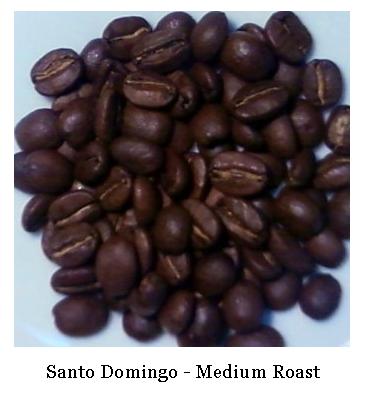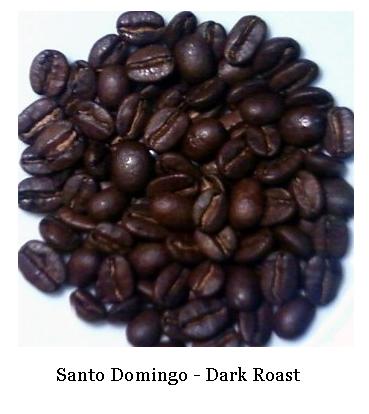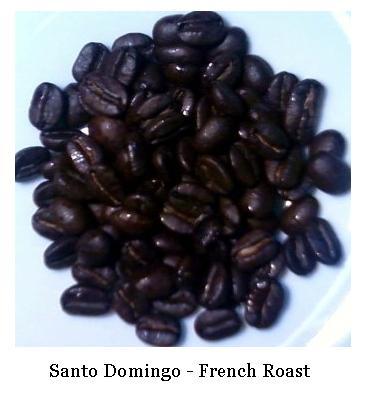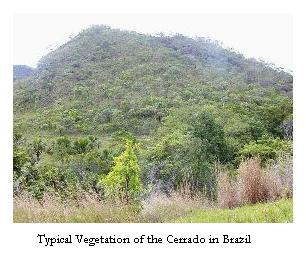Labor Day 2011 - Medium or Dark
 |
|
Medium or Dark?
Occasionally we are asked to recommend a roast for a coffee, and we will generally try and make a recommendation based on what our customer, new or old, regularly drinks. Changing roasts can change the flavor of the coffee significantly. If you are used to Starbucks very dark roast then a medium roast coffee may seem bitter and acidic. If you are used to lighter roasts, a dark roast will seem less sweet and not taste as clean and lively. The desired roast level can also be cultural. West Coast roasters typically roast darker than East Coast roasters. An early influence on West Coast roasters was Alfred Peet, of Peet's coffee. He liked very dark roasts and spawned a number of other roasters, including Starbucks, who roast dark. The traditional East Coast roast is "American" and is a medium roast. Lighter roasted beans are more acidic, as roasting reduces the acidity of the coffee. Acid is what gives the coffee a bright and clean taste, which many prefer in their morning cup, or perhaps all their coffee. A lighter roast is sweeter, as less of the sugar, sucrose in the case of coffee, has caramelized. Acidity in coffee plays a similar role to acidity in wine and makes each beverage livelier on the palate. A medium roast is used for cupping, or tasting for defects in the coffee. It is generally the roast that allows all the characteristics of the particular coffee to shine through.
The traditional East Coast roast is "American" and is a medium roast. Lighter roasted beans are more acidic, as roasting reduces the acidity of the coffee. Acid is what gives the coffee a bright and clean taste, which many prefer in their morning cup, or perhaps all their coffee. A lighter roast is sweeter, as less of the sugar, sucrose in the case of coffee, has caramelized. Acidity in coffee plays a similar role to acidity in wine and makes each beverage livelier on the palate. A medium roast is used for cupping, or tasting for defects in the coffee. It is generally the roast that allows all the characteristics of the particular coffee to shine through. Many coffees, and many palates, are suited to dark roasts, which can taste richer and rounder in the mouth. Roasting breaks down the chemical that causes bitterness, so darker roasts tend to be less bitter. Espresso coffee tastes best when the blend is a dark roast. While many coffees, and palates, are suited to dark roasting, dark roasts can also be used to mask the quality of coffee. Roasted very dark, beans lose their particular character and all their sugar, and risk turning the sugar into carbon. Thus the "charred" taste you find in some very dark roasts. You may have noticed that the J. Martinez & Company dark roast might be taken for a medium roast on the West Coast; we like for our coffees' characteristics to shine through.
Many coffees, and many palates, are suited to dark roasts, which can taste richer and rounder in the mouth. Roasting breaks down the chemical that causes bitterness, so darker roasts tend to be less bitter. Espresso coffee tastes best when the blend is a dark roast. While many coffees, and palates, are suited to dark roasting, dark roasts can also be used to mask the quality of coffee. Roasted very dark, beans lose their particular character and all their sugar, and risk turning the sugar into carbon. Thus the "charred" taste you find in some very dark roasts. You may have noticed that the J. Martinez & Company dark roast might be taken for a medium roast on the West Coast; we like for our coffees' characteristics to shine through. Certain coffees taste better when roasted a certain way, and that is why we do not sell all our coffees in both a medium or dark roast. We have discussed having one roast for each coffee that would suit the coffee best. But what is the most suitable roast is subject to one's own taste, just as in wine and all things savory and sweet.
Certain coffees taste better when roasted a certain way, and that is why we do not sell all our coffees in both a medium or dark roast. We have discussed having one roast for each coffee that would suit the coffee best. But what is the most suitable roast is subject to one's own taste, just as in wine and all things savory and sweet. Drink up, whatever roast you prefer!
Brazilian Cerrado “Fazenda São Sebastião”
Yes, we featured this coffee last winter, but the fact that they are now harvesting a new crop reminded us of how good this coffee is. We still have a few bags left and encourage you to try it if you have not already. This coffee comes from Minas Gerais in the Cerrado region of Brazil and is cultivated by a prize-winning coffee grower, Ricardo Domingues de Aruajo. It is naturally processed and is distinguished by chocolate in the nose, and red fruit flavor in the taste. This is a rich coffee of medium to low acidity and makes an excellent “single origin” espresso as well. Sr. Domingues de Aruajo's property, 219 acres of which 76 are planted in coffee, is in the Cerrado region of Minas Gerais. The Cerrado is primarily savanna with evergreen forests that line the streams and rivers that criss-cross the countryside. The Cerrado has an amazing diversity of plants and animals, and farmers are required to keep a portion of their land in its natural state. The climate is semi-humid with pronounced seasons and dry winters.
We look forward to getting samples of the new crop in the coming months and tasting them. In the meantime we are very much enjoying the last of the São Sebastião Cerrado.
Sr. Domingues de Aruajo's property, 219 acres of which 76 are planted in coffee, is in the Cerrado region of Minas Gerais. The Cerrado is primarily savanna with evergreen forests that line the streams and rivers that criss-cross the countryside. The Cerrado has an amazing diversity of plants and animals, and farmers are required to keep a portion of their land in its natural state. The climate is semi-humid with pronounced seasons and dry winters.
We look forward to getting samples of the new crop in the coming months and tasting them. In the meantime we are very much enjoying the last of the São Sebastião Cerrado.


